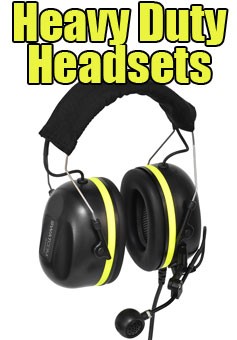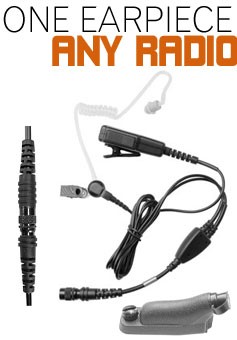
The term "earpiece" embraces a wide spectrum of devices, each carrying a different connotation based on its design, purpose, and context of use. In the realm of personal audio, it refers to components of headphones or earbuds used for music listening or hands-free calling.
In the security sector, an earpiece often denotes a covert communication device used by law enforcement or security personnel. Within the medical field, an earpiece could refer to a hearing aid, amplifying sound for those with hearing impairments.
Thus, 'earpiece' is a multifaceted term, it's meaning changing with the context it is placed in.
According to dictionary definitions, an earpiece also refers to the part of a phone, radio receiver, or other aural device that is positioned against the ear during usage. This type of earpiece is designed to deliver audio output directly to the ear, making it more private and concentrated compared to traditional speakers.
Moreover, it allows users to hear sounds clearly even in noisy surroundings. This particular definition emphasizes the functional aspect of the earpiece and its role in facilitating one-on-one communication.
Telephone receiver and headphones are the most commonly seen examples of earpieces. This device has been adapted for use in many electronic products, including smartphones, MP3 players, gaming consoles and tablets. Additionally, there are specialized earpieces designed mainly for communication purposes such as hands-free telephone conversations, radio communications or two-way radios.
All these types of devices are used around the world and have become indispensable parts of our lives
Hearing aid devices are being developed, with the aim of improving hearing ability and convenience. Some are even powered by wireless technology, allowing users to enjoy music without any wires being involved.
With all these new advancements, it's safe to say that earpieces will continue to remain a relevant part of our lives for many years to come.
Radio earpiece is an example of a specialized earpiece used for radio communication. It's usually fitted with a miniature microphone and amplifier, allowing the user to speak clearly even in noisy environments. This type of device is mainly used by security personnel, police officers, and military personnel who need reliable and secure two-way communication.
Moreover, they can be used by public safety officials such as firefighters and search-and-rescue teams in times of emergency. Radio earpieces are essential for those working in hazardous environments, allowing them to communicate clearly with their team and remain safe while doing so.
Stethpscopes are medical devices that use an earpiece to enable the user to listen to sounds produced by body organs such as the heart and lungs. It is considered one of the essential tools in modern medicine, providing a non-invasive way for diagnosis and monitoring of many diseases. As with hearing aids, stethoscopes are constantly being improved upon.
Earpieces encompass a wide range of devices, their purpose and design varying depending on the context. In personal audio, they're a part of headphones or earbuds used for listening to music or hands-free calling. In the security field, they function as covert communication devices for law enforcement. In medicine, they're components of hearing aids for those with hearing impairments.
They also include parts of phones or radio receivers positioned against the ear, facilitating private and focused communication. Common examples include telephone receivers and headphones, adapted for use in various electronics like smartphones and gaming consoles. Specialized earpieces are designed for hands-free telephone conversations, radio communications, or two-way radios.
Radio earpieces, fitted with microphones and amplifiers, are used by security personnel and public safety officials for clear, reliable communication. Medical stethoscopes use earpieces to listen to body organ sounds for non-invasive diagnoses.



















